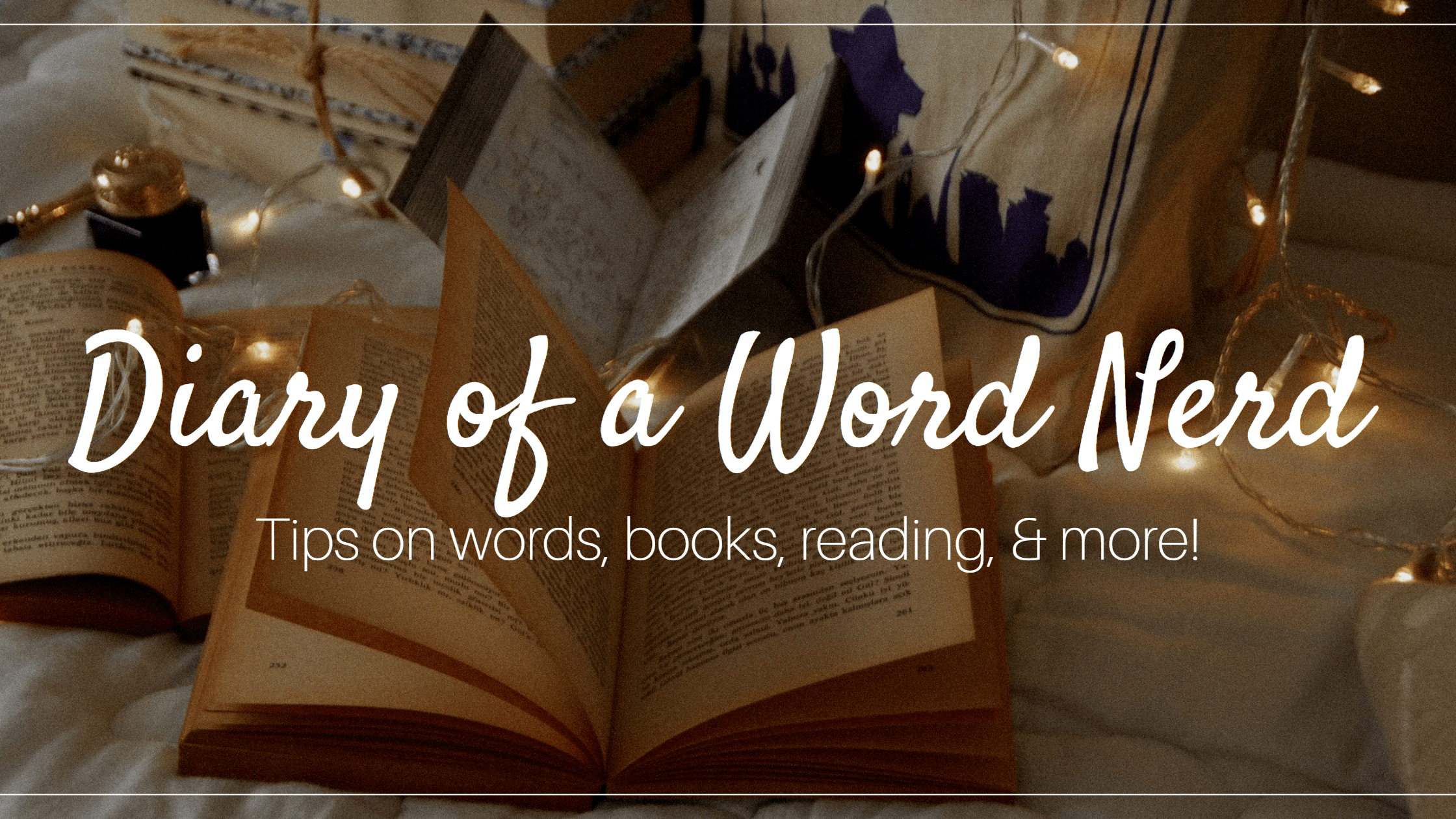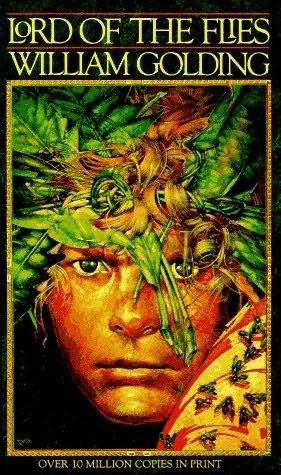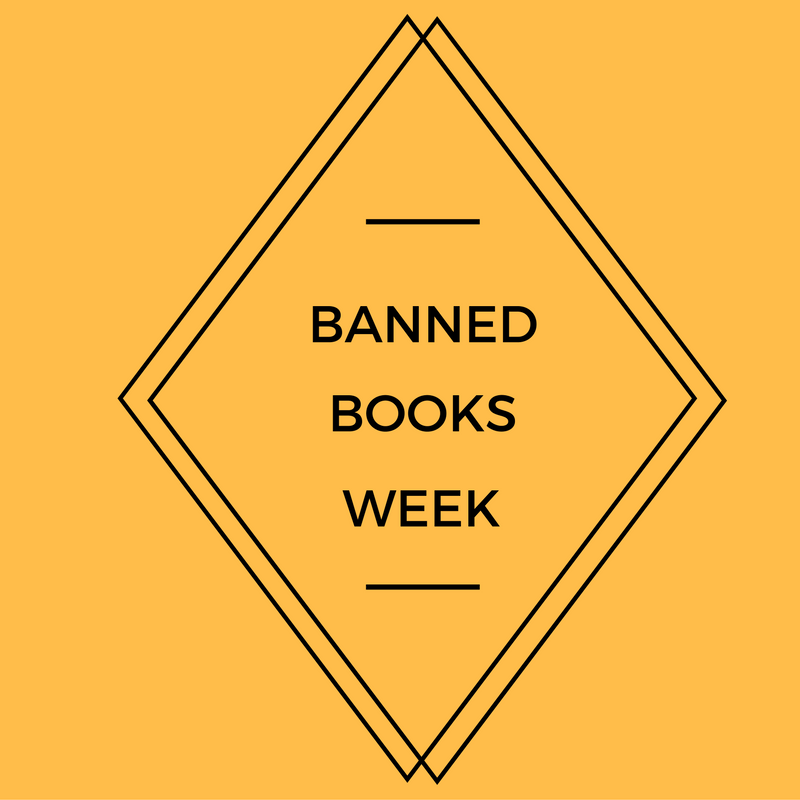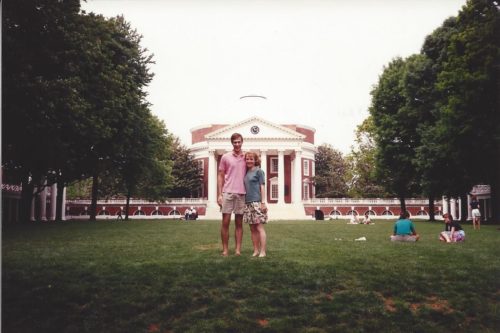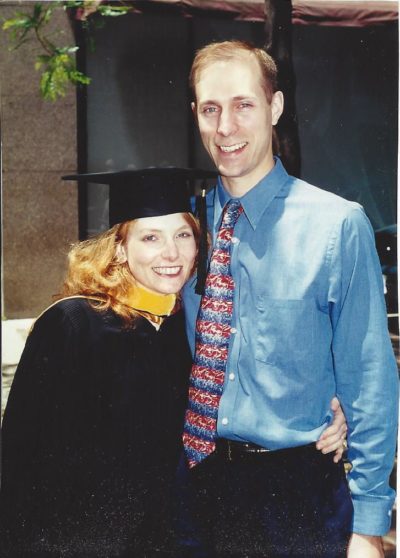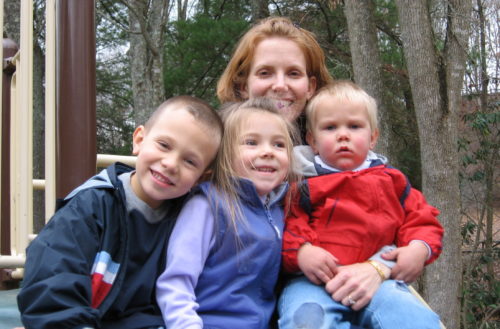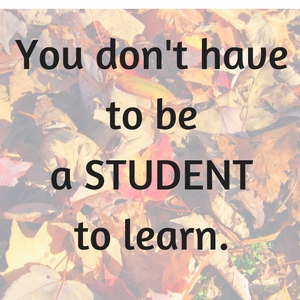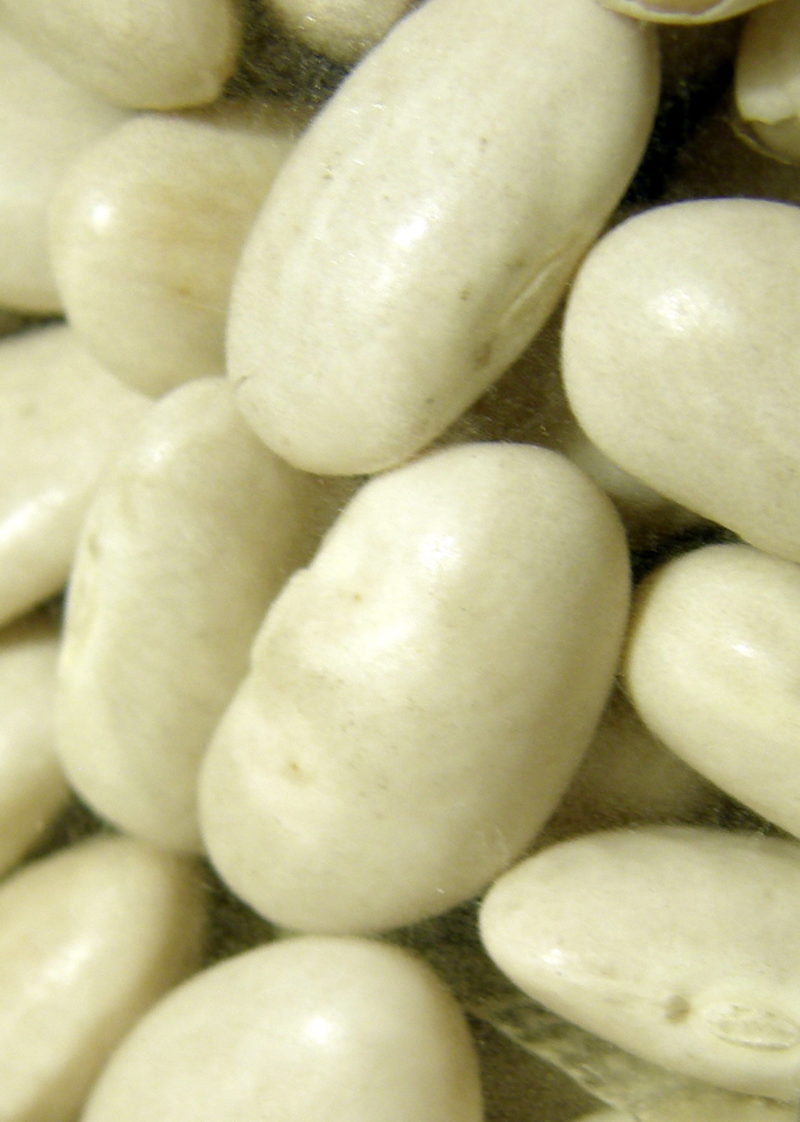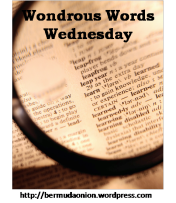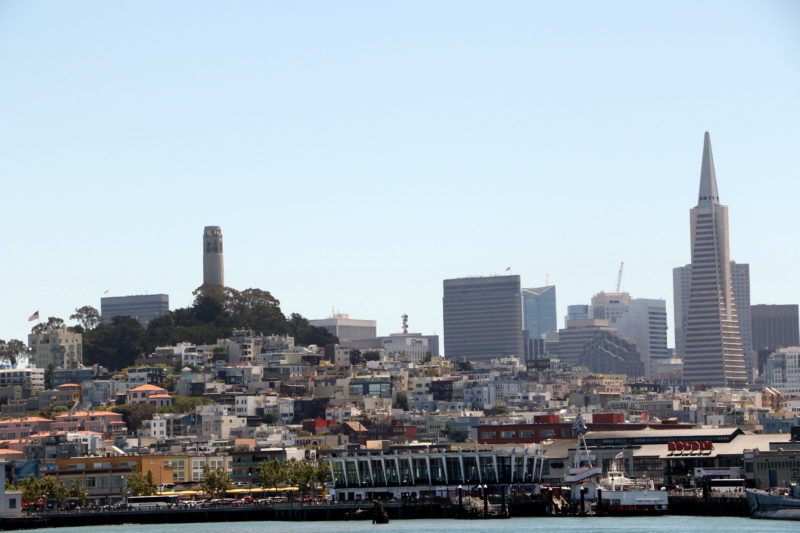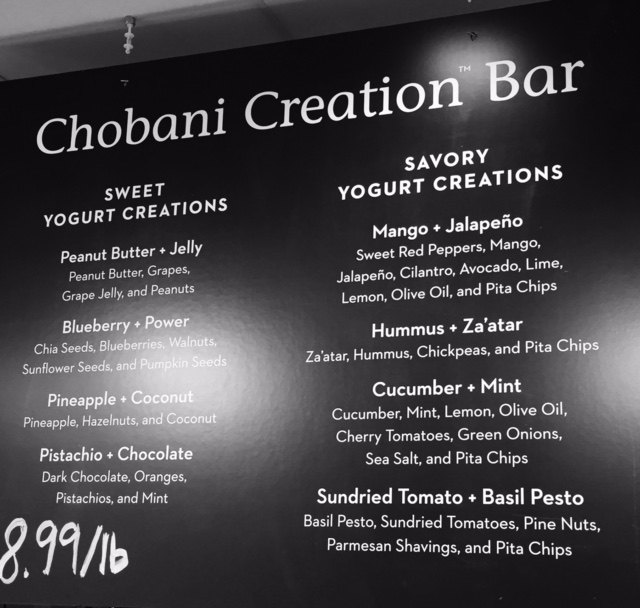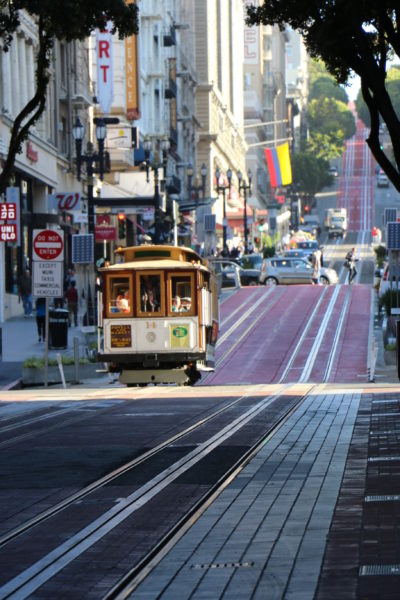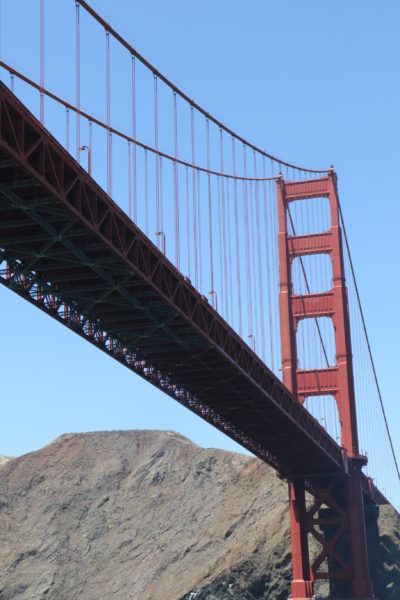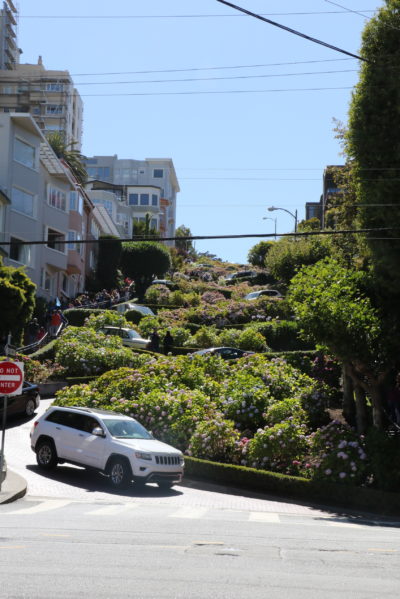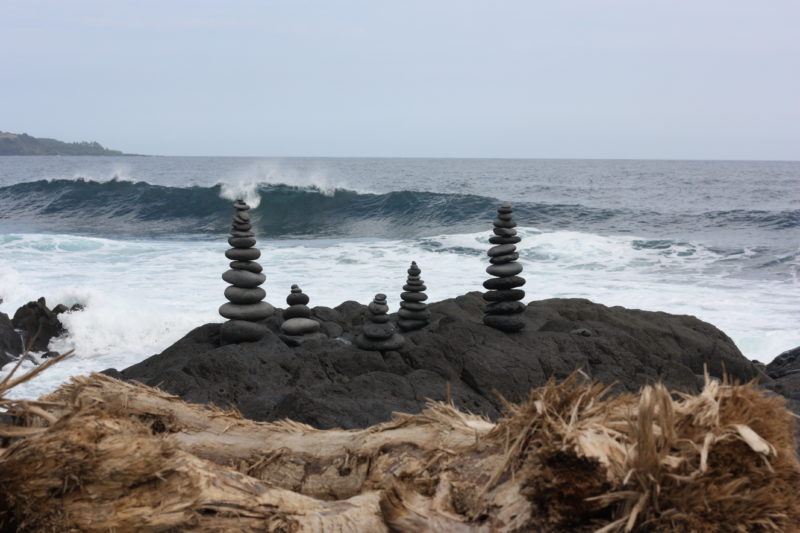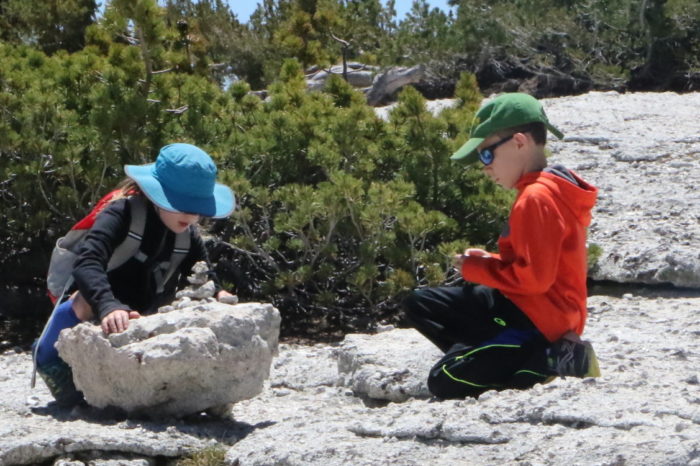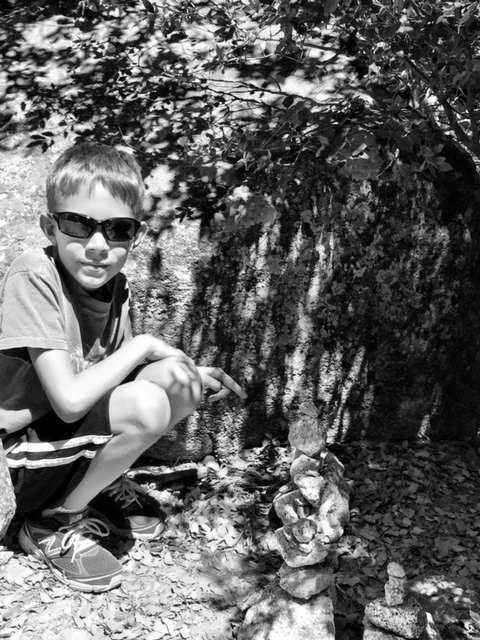Lord of the Flies. Just the name of the book makes you shiver and think of savagery and cannibalism, doesn’t it? That’s a novel with impact. Sadly, this English major never read William Golding’s story of boys stranded on a deserted island. My oldest two have studied it, and it was time for the Word Nerd to catch up. Daughter suggested I read it during the summer, since the last chapter is “one of the most disturbing things” she’s ever read and would be too depressing during the winter.
Needless to say, I picked up the novel with more than a little trepidation.
Premise
William Golding published Lord of the Flies in 1954. The novel opens without much context; we find a group of boys of various ages stranded by a plane crash on a remote island. A few clues suggest the time is World War II and the castaways are English school boys, and although I’d like more background, that’s not the point of this allegorical story.
The boys quickly divide into factions. One named Ralph leads the group craving order and reason; he wants the boys to build shelters and keep a signal fire lit, always hoping for a rescue. His adversary, Jack, appeals to basic drives, like finding food and establishing dominance. He and his followers like to cover themselves in paint and hunt in the trees for food. Soon, conflict arises between competing priorities, and disaster strikes.
What I like
Lord of the Flies is a thoughtful, well-written study of human nature. It explores themes of survival, politics, power, and the ways humans establish order for themselves – or don’t. The boys struggle with balancing the needs of a few with the needs of a group, and they fight a fall into complete savagery while living in an unstructured, foreign environment.
Golding uses vivid symbolism and description to highlight the conflict among the boys. Two great symbols: the conch shell and the Lord of the Flies, a severed pig’s head mounted on a stick in the forest. Ralph and his companion Piggy use the conch shell to maintain order during group meetings. (One can only speak when one is holding the shell.) By the end of the novel, the conch shell shatters. As for the Lord of the Flies, Jack and his crew mount the pig’s head in an adrenaline driven celebration of their hunt. The head comes to represent everything base and sinful about the boys on the island.
In a year of a hotly contested, and disappointing, presidential election, Lord of the Flies seems particularly relevant. Who deserves to hold power and what are the requirements of a responsible leader? What’s more important, meeting basic needs now or working towards the long term stability of the community?
Here’s a quote that resonated with me:
They understood only too well the liberation into savagery that the concealing paint brought.
On the island, the paint symbolized savagery; behind its disguise, the boys did things to each other they never would have considered in a “civil” situation. In a similar way, people today are much more likely to say brutal things behind the concealment of a Twitter account than if they were directly speaking to an individual.
What I don’t like
The writing is a bit confusing at times, with dialogue not clearly attributed and some stream of consciousness passages that are hard to follow. Otherwise, great book.
Recommendation
A good friend once asked what makes a classic a classic. Perhaps it’s this: a book that still has relevance to society after 60 years have passed. Lord of the Flies is definitely a classic worth reading. And, it’s super short!
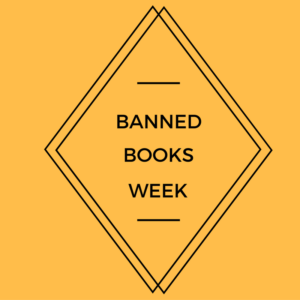 Notes on content
Notes on content
Lord of the Flies has been challenged several times over the years for various reasons, including:
- demoralizing inasmuch as it implies that man is little more than an animal
- excessive violence and bad language
- statements defamatory to minorities, God, women and the disabled.
Source: American Library Association
Some scenes are violent and disturbing (hint: boys die), but compared to what we read and see in the media these days, it’s nothing too scandalous. And, the kids wrestle with the moral implications of violence.
Have you read Lord of the Flies? What did you think? Can you recommend another classic or banned book?
Happy reading!

